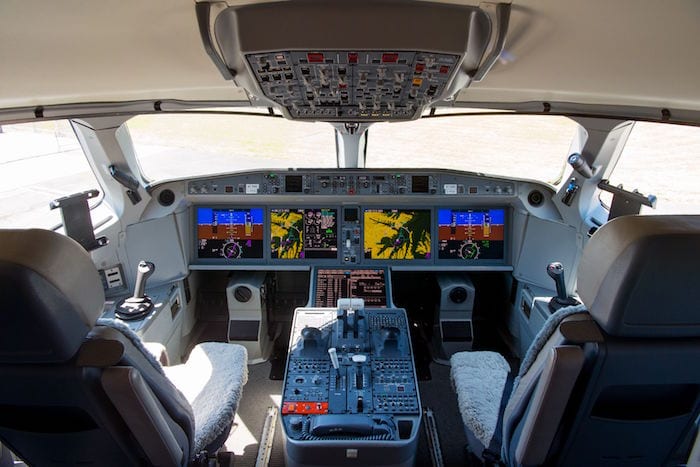Check out the Sep. 6 edition of What's Trending in Aerospace, where editors and contributors for Avionics International bring you some of the latest headlines happening across the global aerospace industry.
Commercial Aviation
New EU-China Aviation Certification Agreement Takes Effect

The European Aviation Safety Agency (EASA) issued a statement of clarification regarding its position on the Boeing 737 MAX's return to service. Photo: EASA
The new "EU-China Bilateral Aviation Safety Agreement (BASA)" took effect last week, with the goal of simplifying the process of achieving certification for new aircraft parts from the European Union Aviation Safety Agency (EASA) and the Civil Aviation Administration of China (CAAC).
The agreement, first established last year, includes "any civil aircraft, aircraft engine, or aircraft propeller or sub‐assembly, appliance, or
part," according to the 27-page document published in the Official Journal of the European Union in July.
The new agreement was activated during the first EASA and CAAC Joint Certification Oversight Board (COB) meeting on Thursday Sept. 3. During the meeting, the parties adopted the Technical Implementation Procedures (TIP) which will support the BASA and its Annex on Airworthiness. These administrative and technical procedures describe in detail how EASA and CAAC will conduct the validation and reciprocal acceptance of civil aeronautical product approvals.
"I am confident that, thanks to this bilateral agreement, the relations between Europe and China in aviation will be taken to the next level," said EASA Executive Director Patrick Ky. "This further strengthens EASA's commitment to work closely with international partners on building a safe and environmentally sustainable industry."
Satair Takes on Material Management for Airbus A220 Program
Airbus Canada Limited Partnership has officially transferred the overall A220 material management services to Satair, as part of the program integration into Airbus. Satair, an Airbus services company, will now take the lead on global material support and services for A220 operators, according to a Sept. 3 press release.
The A220 material management services transition to Satair started officially in July. Overall Satair is now in charge of a wide range of value-adding activities including "planning and inventory; purchasing; quality inspection; certification; warehousing and distribution; customer order handling; 24/7 AOG handling; initial provisioning and tool lease."
"Satair's footprint of service centers and warehouses will contribute to a greater scope of spare parts available for all A220 operators. Customers can look forward to leveraging Satair's global presence," said Bart Reijnen, CEO of Satair.
New KAPTURE Cockpit Voice, Flight Data Recorders Achieve Technical Standard Order
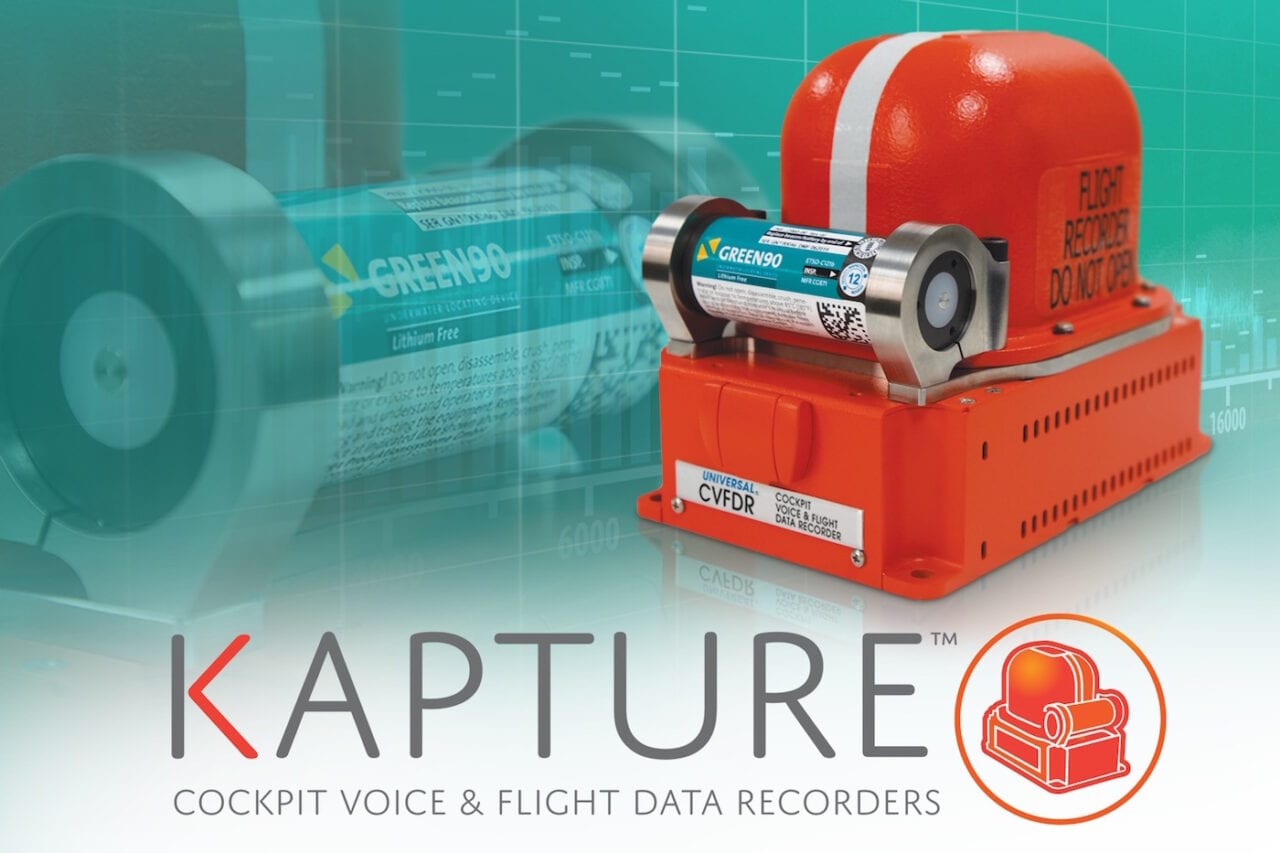
Universal Avionics introduced its new KAPTURE CVR/FDRs in a Sept. 3 press release. (Universal Avionics)
Universal Avionics (UA) introduces its new KAPTURE line of Cockpit Voice and Flight Data Recorders (CVR/FDR). The company's sixth generation of recorders has received FAA Technical Standard Order (TSO) authorization and meets all of the latest certifications and requirements, including ED-112A compliance, allowing operators to fly around the world.
The KAPTURE product line includes five model options, offering a customized recording solution:
- CVFDR-1650 (Combined CVR and FDR unit)
- CVFDR-1650R (Combined CVR and FDR unit with embedded RIPS)
- CVR-1651 (Baseline CVR)
- CVR-1651R (CVR with embedded RIPS)
- FDR-1652 (Baseline FDR)
- The CVR and CVFDR models each offer a patented internal Recorder Independent Power Supply (RIPS) option.
"While complying with the latest FAA/EASA requirements and regulatory-related improvements, KAPTURE was designed with operators' best interests in mind, factoring in weight, ease of installation, and data download requirements," said Dror Yahav, UA CEO. "Each model offers the utmost in reliability with high MTBF and is backed by UA's world-renowned customer support. The KAPTURE models offer all the features and benefits of our fifth generation CVR/FDR product line with reduced weights, plus many improvements and enhanced capabilities."
Avionics
Curtiss-Wright to Provide Ultra-Small Flight Computer and Ethernet Switch for Electric Air Taxi
Curtiss-Wright's Defense Solutions division was selected to provided an ultra-small form factor (USFF) processing and networking solution to an unnamed electric vertical takeoff and landing (eVTOL) aircraft developer.
The customer will use Curtiss-Wright's Parvus DuraCOR 311 flight control computer and Parvus DuraNET 20-11 Ethernet switch during continued flight testing of its prototype aircraft. The DuraCOR 311 measures less than 40 cubic inches in volume and weighs less than 1.5 lbs, while the DuraNET 20-11 measures only 10 cubic inches in volume, and weighs only 0.5 lbs, according to Curtiss-Wright.
Under the contract, deliveries are scheduled to begin this month.
Connectivity
SpaceX Touts 100 Mbps Starlink Test Speeds, Confirms Inter-Satellite Links
SpaceX launched another batch of Starlink satellites on Thursday morning. A Falcon 9 rocket launched 60 Starlink sats from Launch Complex 39A at 8:46 a.m. EST, deploying the satellites about 15 minutes after liftoff. The Falcon 9 first stage successfully landed on the Of Course I Still Love You drone ship.
SpaceX also provided a key update about Starlink satellite internet service that it plans to deliver high speed connectivity to unserved or underserved areas. Kate Tice, senior program reliability engineer at SpaceX, said during the launch webcast that beta testing has shown "super low latency and download speeds greater than 100 Mbps."
Tice said the network is still "very much a work in progress" and public beta testing will begin later this year. Check out the full story as first published in Via Satellite, a sister publication to Avionics.
Military
Development Start of B-52 Radar Modernization Program Slips Six Months
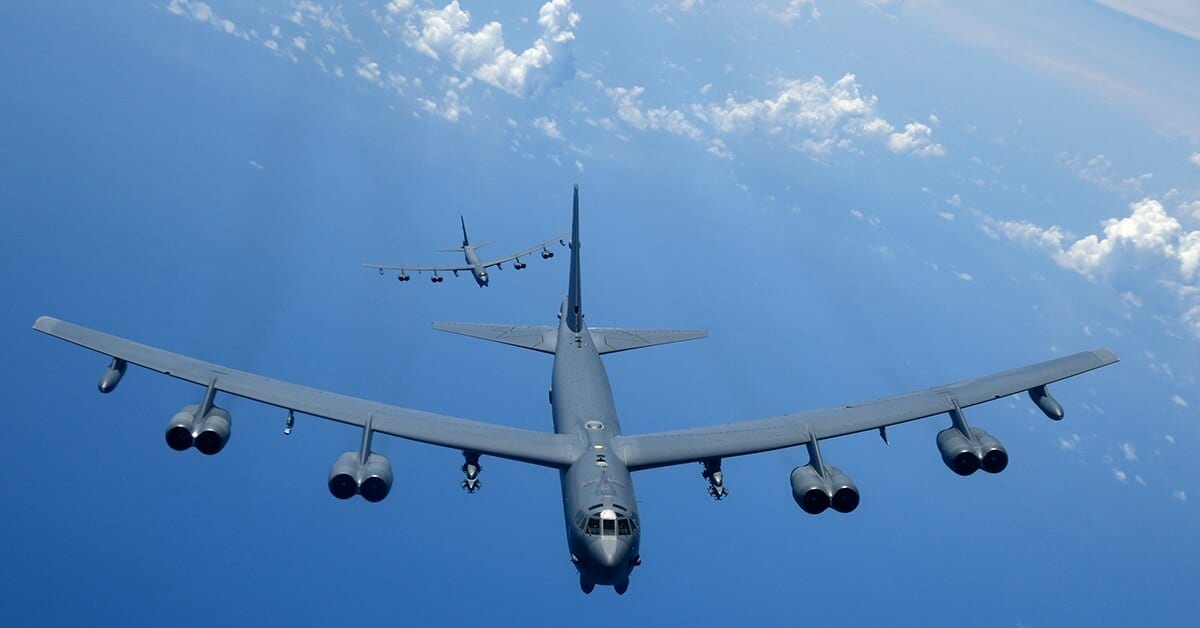
The Boeing B-52 bomber's latest radar modernization program upgrade has been delayed by six months. (Boeing)
The projected development start of the B-52H Radar Modernization Program (RMP) has slipped six months from this month until March next year.
"The program plans to start development in March 2021, a delay of 6 months from our previous assessment," the Government Accountability Office (GAO) said in its Defense Acquisitions Annual Assessment in June. "According to program officials, providing input into the prime contractor's solicitation process took longer than expected and involved establishing a framework to vet program requirements. Officials noted that the prime contractor was solely responsible for final supplier selection and will be responsible for ensuring supplier performance going forward."
Last year, Boeing, the maker of the B-52 and the RMP prime contractor, picked Raytheon to design and build an active electronically scanned array (AESA) radar, based on AESA technologies in Raytheon's APG-79/APG-82 family, to replace the B-52's APQ-166 terrain-following and mapping radars by Northrop Grumman.
Check out the full story in Defense Daily, a sister publication to Avionics.
Electric Aviation
Pipistrel Announces Cargo eVTOL Aircraft: Nuuva V300 and V20
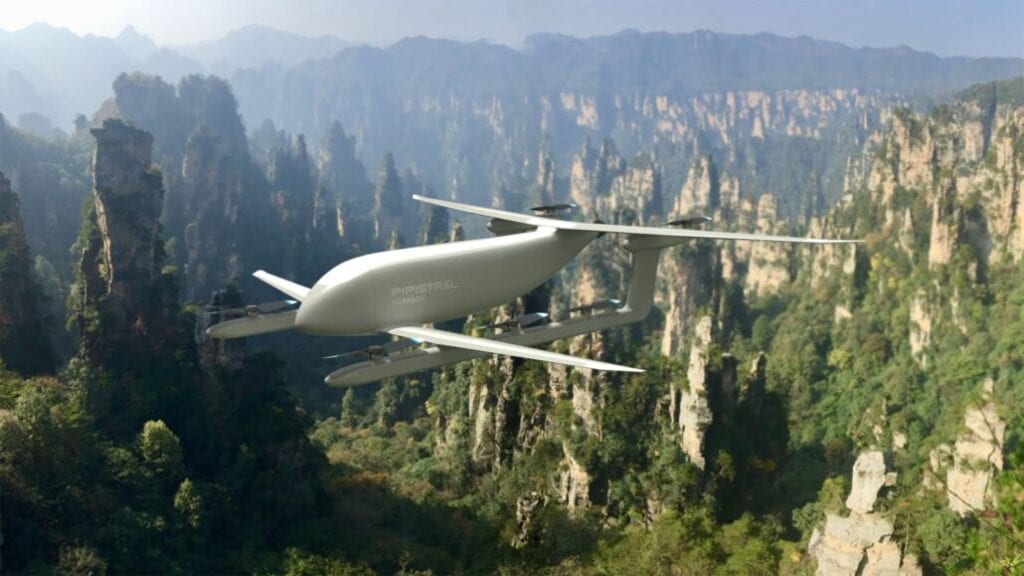
Concept art of the Nuuva V300. Image: Pipistrel
Pipistrel said it will begin taking orders for a new family of unmanned electric VTOL aircraft designed for cargo transportation that will operate ten times as economically as today's helicopters.
The larger Nuuva V300, intended to carry 1,000 lbs at least 100 miles or 100 lbs up to 1500 miles, will enter into service in the second half of 2023. The V300 uses eight Pipistrel E-811 electric engines, which have already received type certification from EASA.
The smaller V20, to be used for last-mile delivery, has a payload capacity of 44 lbs.
Carbon Footprint Launches ‘Freedom Flight Prize' for Sustainable Trans-Atlantic Passenger Flight
A new aviation competition has been launched intended to spur development of sustainable long-distance passenger flights.
Sustainability advisory Carbon Footprint announced it will hold the Freedom Flight Prize, which will be awarded to the first group to fly a 100+ seat passenger aircraft powered entirely by renewable energy from London to New York and back within a 24-hour period.
"This is the revolution that I have been waiting my whole career for – the Freedom Flight Prize puts 100% renewable flights right in the spotlight in order to address the climate emergency we face," said John Buckley, founder of the Freedom Flight Prize. "The Prize does not accept the compromise that long-haul travel produces a high carbon footprint – in fact it recognises that the technologies to power flights solely on sustainable renewable energy are available. We anticipate that the Freedom Flight Prize will propel the travel industry to deliver on the needs of the people and the planet."
The Prize doesn't yet have any sponsors, but Buckley told Aviation Today he expects it to be worth millions of pounds by the time it is claimed.
Regulation
Australia Releases National Policy Paper on Drones and Emerging Aviation Technologies
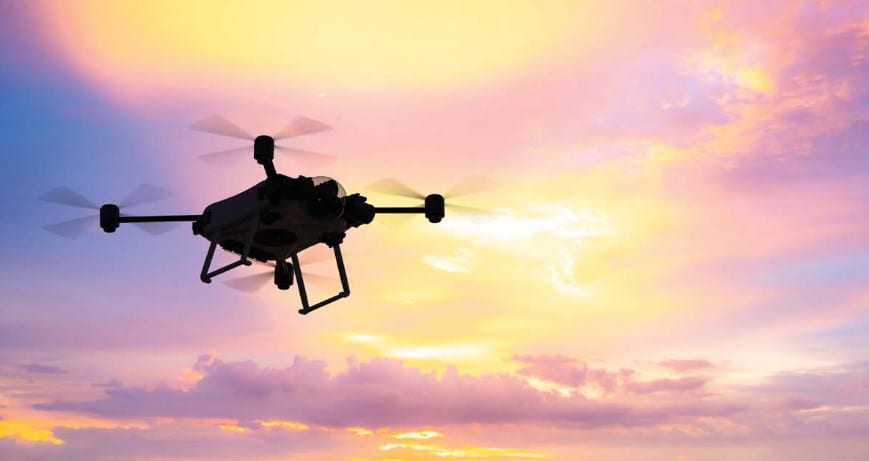
Image: Australian Government
The Australian government released a policy paper outlining its starting point to develop a national policy around emerging aviation technology including drones and eVTOL aircraft, noting the risks and opportunities inherent in their use.
"We are just at the beginning of utilising and understanding this technology, and there is significant potential for further growth as technology improves, the scale of operations increase and we discover new applications for drones," the report's executive summary states.
The government's proposed approach includes careful analysis of noise, safety and privacy impacts of these technologies, as well as support of technology trials in partnership with industry and development of an unmanned traffic management system. Airservices Australia recently released a request for information for the development of a Flight Information Management System (FIMS) prototype to be built as a central piece of the government's approach to UTM.
Though many elements of the Australian government will be involved in regulation and support of drones and other new aviation technologies discussed in the report, the Department of Infrastructure, Transport, Regional Development and Communications will take the lead. The document is open to public comment until October 31, 2020.

